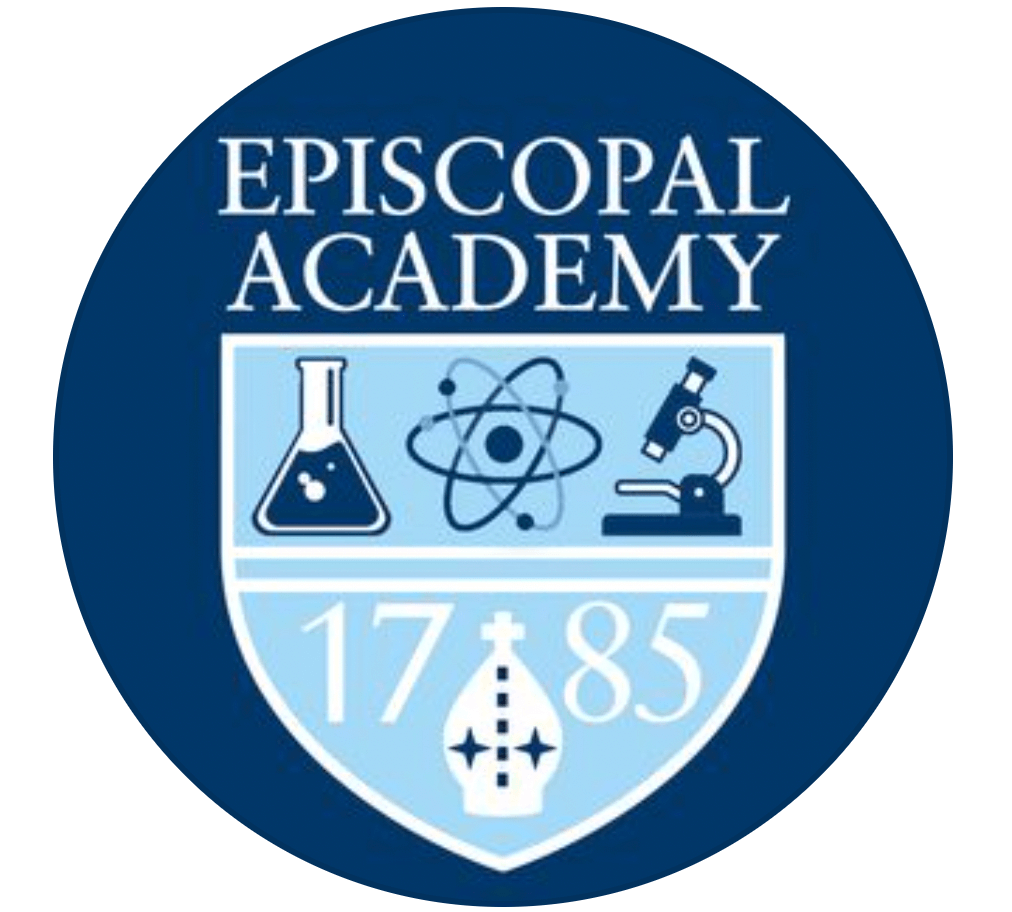Tory Lynn ’25
As a new academic year begins, the EA Science Department, in addition to continuing the existing science curriculum, will be implementing new goals like creating new electives and fostering a sense of STEM engagement.
Interim Stone Family Science Chair Grace Limaye speaks about the current curriculum, explaining that five years ago, “the [the science department] wanted to change the science curriculum from students having to do a strict, set sequence of one year of biology, one year of chemistry, or one year of physics. Instead, [the science department] wanted to inject more flexibility and choice into the science curriculum by structuring the whole science curriculum around semesters.” Limaye shares that the current curriculum arose when “Dr. Locke asked the science department to conduct what we call ‘a review of the entire program.’” Thus, efforts to transform the curriculum required science teachers to visit other middle schools, high schools, and colleges.
Limaye explains that curricular changes were necessary as “young people who were really nimble and were interdisciplinary in their thinking tended to draw concepts and facts and notions from all different fields…[this] knowledge and exposure is incredibly important for students.” George Lorenson, Upper School Chemistry teacher, adds, “[The science curriculum] does not lock students into certain classes in certain years anymore. It allows students to take classes that may have not existed before.” For instance, with the current curriculum, students can take science electives including Astrophysics, Biochem Pharmaceuticals, Organic Chemistry, and Modern Physics.

Photo Courtesy of Carter Yearley ’25
Izzy Rozes ’24, a science-focused student, is pleased that EA is continuing the same science curriculum this year, as “it has benefited [her] education, giving [her] the opportunity to explore many different fields of science throughout [her] high school career.” She states, “Through the change to the science curriculum, I have been able to explore all different fields of science, and realized that I am extremely passionate about biology, and I am looking to pursue a biology degree to ultimately go to medical school.” Consequently, Rozes was able to take AP Biology in her sophomore year “while simultaneously taking Environmental Science I and Physics I.”
This year, the Science Department is also offering new science courses and extracurricular activities. Regarding the department’s goals for this year, Upper School Biology and Environmental Science teacher Katalin Colyer remarks, “The Science Department [is] always thinking about ways to enhance the student experience in classes and extracurriculars.” This year, in particular, EA science teachers are offering new courses and extracurricular activities for students to take advantage of. Colyer adds, “There is a new elective called Bias and Equity in Science that is going to be offered in the spring. It was developed by Christy Rheam, Cheryl Cossel, and Limaye to explore the historical and social aspects of science. Likewise, Edward Mathisen, Upper School science teacher, is also offering new courses in 3D printing through the Computer Science Department.”
Colyer continues, “[The Science Department] is extending US PJAS program to the MS with a new elective called STEM Discovery” which is going to be taught by Colyer and Limaye. In turn, Colyer mentions, “7th and 8th grade students will join US students in the PJAS competition as well as present at STEMposium.”
The Science Department also hopes to expand the STEMposium, a new symposium piloted last spring where EA students present their STEM research, this year. Colyer mentions, “[The science department] is hoping to make [STEMposium] a larger event and grow the program even more. Last year, [STEMposium] had over 60 Upper School Student presenters from various extracurriculars, clubs, and classes, and [the science department] hopes that will continue to increase.”
Overall, the science department is looking forward to maintaining the successful science curriculum while also adding new electives and opportunities for all students at EA. This way, students from all grade levels can have the opportunity to not only gain intrigue in the STEM field but also have the confidence to present their findings to the greater community. As Colyer asserts, “It is important to see how STEM is accessible at all ages. [The science department] will reflect on our current programming and continue to highlight the terrific Science work that happens at EA.”
EXPANDING DISCOVERY: EA Science plans to continue the current science curriculum and add STEM elective options for students.
Photo Courtesy of Carter Yearley ’25